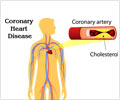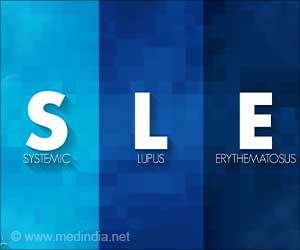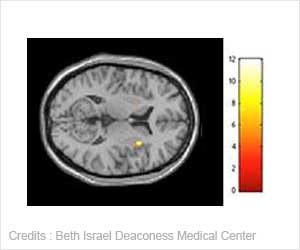A study has revealed that screening and treating middle age family members of patients of coronary heart disease (CHD) could prevent more than 4 in 10 premature heart attacks.
A study has revealed that screening and treating middle age family members of patients of coronary heart disease (CHD) could prevent more than 4 in 10 premature heart attacks.
The families of patients with premature coronary heart disease neglect treatment for primary prevention and this increases risk of developing the disease.The University of Glasgow did the research and the article of the research was published in this week’s BMJ.
If more than one person in a family has CHD, then the risk is further encouraged. Siblings are more prone to heart attack as compared to the general population. And partners are prone to heart diseases because of the shared lifestyle.
Research revealed that 14 percent of families with a positive family history went through 48 percent of all CHD events and 72 percent of all premature deaths.
Previous data revealed that in England and Scotland 7,369 premature heart attacks take place every year in people with a family history of CHD and of which 6,485 might be preventable.
A family member carrying the risk of CHD was observed and then calculations were done to prove that screening and treating middle aged adults with the family history of CHD could have prevented 42 percent of premature heart attacks and 8 percent of all heart attacks.
Source-ANI
SRM/J
 MEDINDIA
MEDINDIA
 Email
Email










